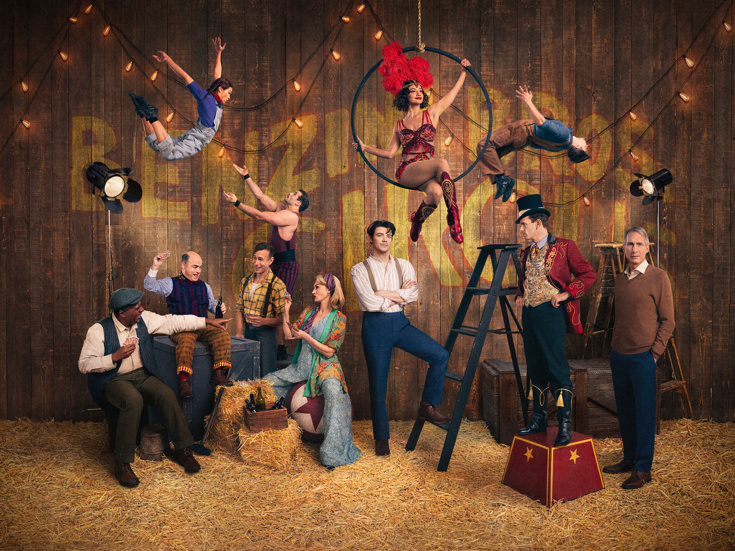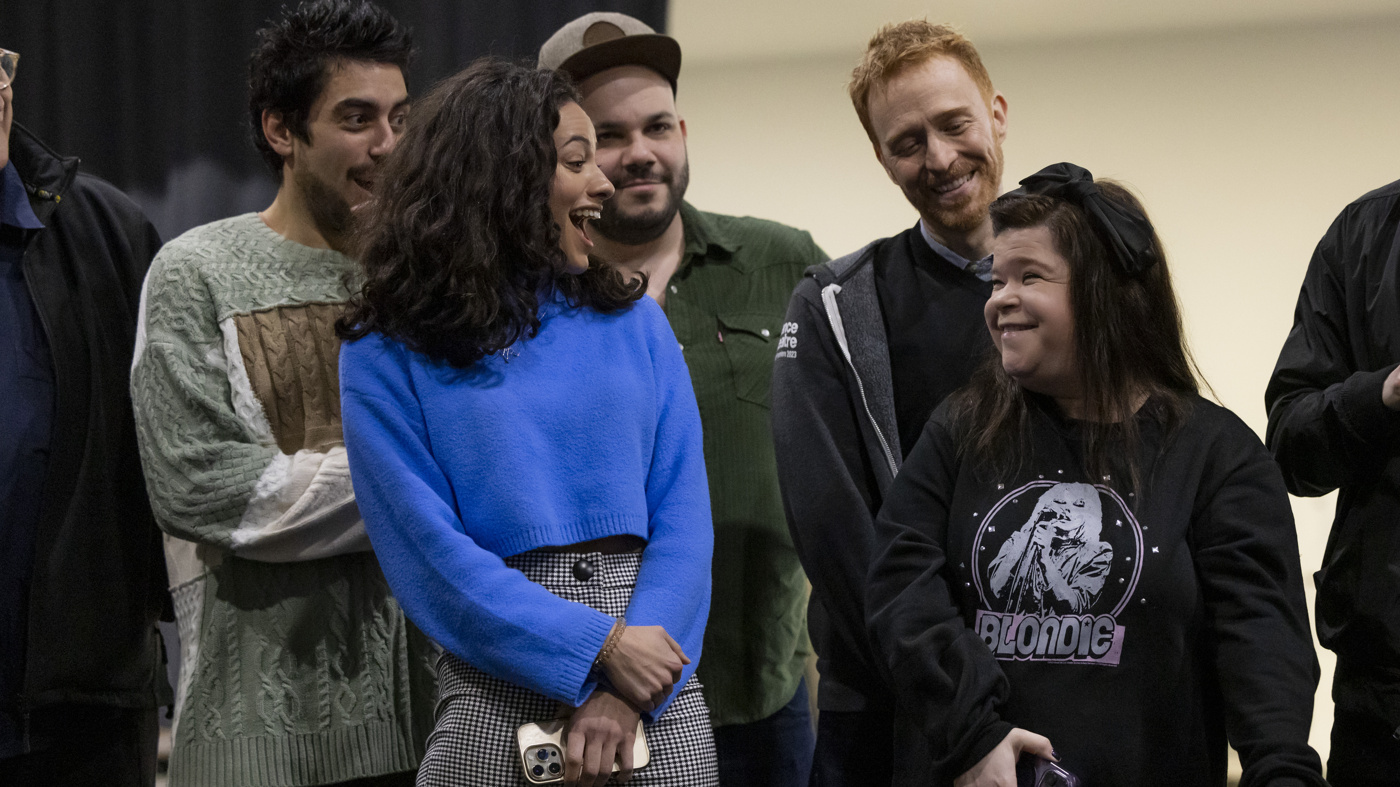Water for Elephants Author Sara Gruen Entrusts Broadway With Her Story of Chosen Family Under the Big Top

(Photo: Sophy Holland)
Sara Gruen was halfway through writing a different book when Water for Elephants seized control of her imagination. On February 7, 2003, The Chicago Tribune published a piece about elusive circus photographer Edward J. Kelty. Throughout the 1920s and ‘30s, Kelty followed the country’s most famous circus performers across the country, documenting life beneath the big top at Ringling Brothers, Barnum & Bailey, Hagenbeck-Wallace and more of the nation’s most notable roaming entertainments. Clowns, acrobats, giants, bearded ladies—all of the quintessential imagery of early 20th-century circus acts were captured through Kelty’s camera lens. And yet, after his death in 1967, only a camera lens remained of his iconic work, which is now extremely rare and highly collectible. Gruen was taken by the images printed in the Chicago newspaper.

“The pictures could show all of the Ringling people—the lineup—at once,” Gruen tells Broadway.com Managing Editor Beth Stevens on The Broadway Show. “You could go and look and find the wrinkles in the stockings, the feather fronds, the detail. I was just staring at the pictures,” she recalls, still awed at the thought. “I stabbed it and I said, ‘This is what I'm doing next.’”
Born from those mesmerizing photographs was the story of Jacob Jankowski (played on stage by Grant Gustin), a young man who joins the Benzini Bros. traveling circus as an animal doctor amid the Great Depression. What became a bestselling 2006 novel was later transformed into a 2011 Hollywood film, starring Robert Pattinson and Reese Witherspoon, and now a Broadway musical that Gruen gets to witness come to life in a brand-new way. Helmed by Tony-nominated Kimberly Akimbo director Jessica Stone, the show's book is written by three-time Tony nominee Rick Elice with an American bluegrass-style score by PigPen Theatre Co. and circus design by Shana Caroll, co-founding artistic director of Montreal's 7 Fingers circus collective. The production had its world premiere at Atlanta’s Alliance Theatre last summer, and is now set to begin Broadway performances at the Imperial Theatre on February 24.
“These people are geniuses,” says Gruen inside the show’s rehearsal studio, surrounded by performers and creatives. “It just comes out with all the important bits intact.” As the artist who first dreamed up the romantic world of Water for Elephants, she hoped the Broadway team would hold onto the book’s “spirit,” a squishy, indefinable feeling that could have easily been diluted or lost. The story’s most front-footed message, however, also topped her list of priorities: “The message that it carries is about loving and caring for each other,” she explains.

Inspired by Gruen’s own life as an animal lover, Water for Elephants explores how this idea of compassion extends to the relationship between humans and other species—how we care for them, and how they in turn care for us. But in the world of circus—a rootless community that, by definition, dwells on the fringes of polite society—that sense of communal caring is particularly significant. And now, as the story takes its latest shape among a group of nomadic stage performers, it’s impossible to ignore the added layer of poignancy.
“It's about chosen family and looking after each other,” says Gruen, surrounded by a company of artists who are crafting their own circus in the middle of New York City’s Theater District. It’s not her first time watching a group of people interpret her work. However, unlike the film, which she felt could have been an Edward J. Kelty photograph of her mind’s eye, the musical remains an exciting unknown. “It feels new to me,” she says. “And yet, it retains all of the good things that I wanted it to have. I think that's a pretty magical combination.”

